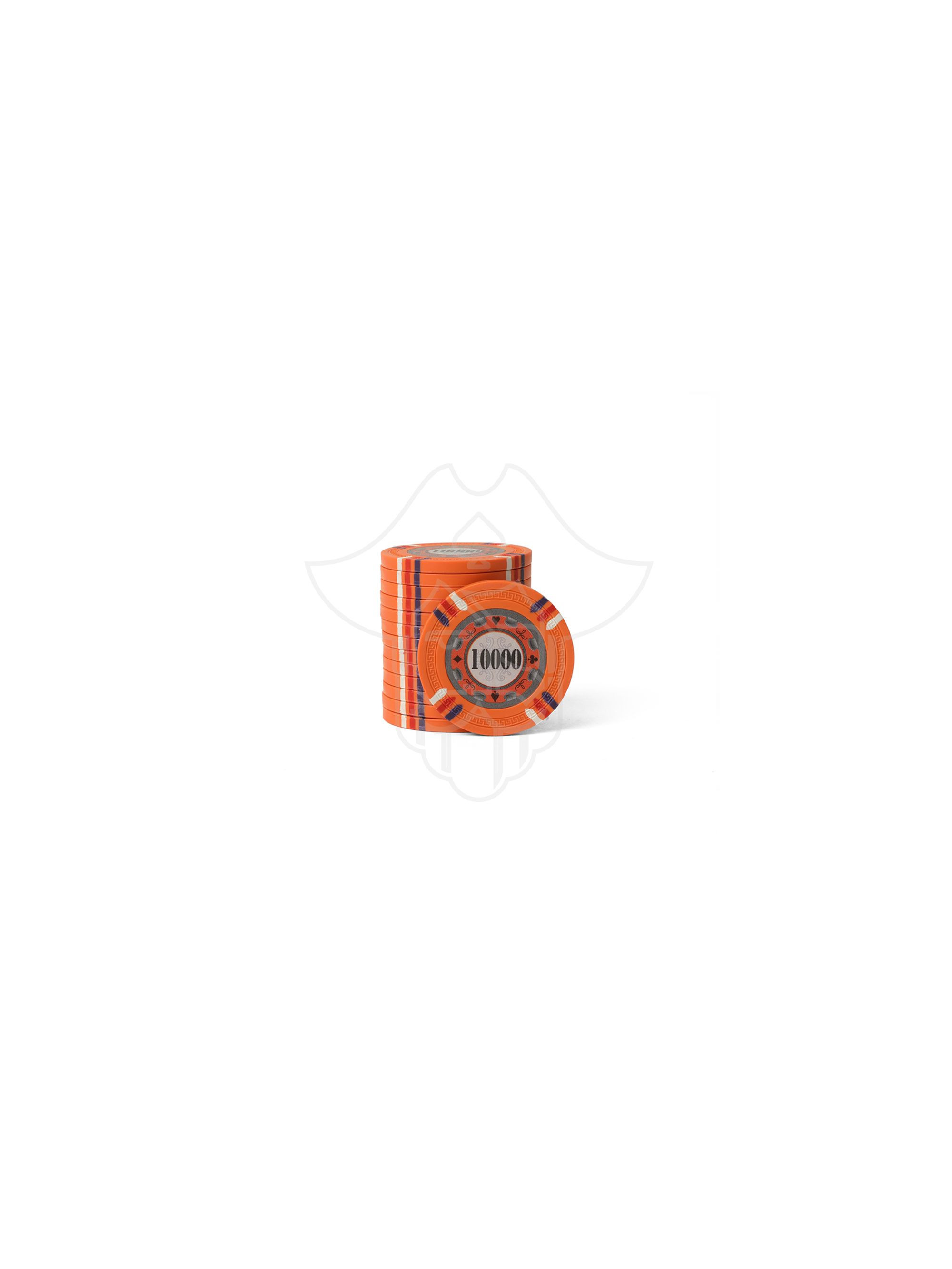views
As more and more businesses and individuals rely on Network Attached Storage (NAS) devices to store their important files and data, the need for robust security measures to protect against cyber threats has never been greater. With the rise of ransomware attacks, data breaches, and other malicious activities targeting NAS systems, it is crucial to take proactive steps to secure your NAS storage. In this blog post, we will explore common NAS security threats and provide tips on how you can safeguard your NAS storage from potential cyber attacks.
Common NAS Security Threats:
One of the most common threats facing NAS systems is unauthorized access. Hackers may attempt to gain access to your NAS storage by exploiting vulnerabilities in the system or by using brute force attacks to crack passwords. Another threat is ransomware, which can encrypt your data and demand a ransom for its release. Data breaches are also a major concern, as sensitive information stored on NAS storage devices can be stolen and used for malicious purposes.
Securing NAS Access and Authentication:
To protect against unauthorized access, it is essential to implement strong access control measures on your NAS system. This includes using complex passwords, enabling two-factor authentication, and regularly updating your system's firmware and software. Limiting access permissions to only authorized users can also help prevent unauthorized users from gaining entry to your NAS storage.
Encryption and Data Protection Measures:
Encrypting your data is another crucial step in securing your NAS storage. By encrypting your files both at rest and in transit, you can ensure that even if someone gains access to your data, they will not be able to read or use it without the encryption key. Additionally, regularly backing up your data to an offsite location or cloud storage service can provide an extra layer of protection in case of a ransomware attack or hardware failure.
Intrusion Detection and Prevention Systems:
Implementing intrusion detection and prevention systems (IDPS) on your NAS storage can help detect and block suspicious activity before it causes harm. IDPS solutions can monitor network traffic, analyze patterns for signs of potential threats, and automatically respond to any detected anomalies. By continuously monitoring for unusual behavior on your NAS solutions, you can stay one step ahead of cyber attackers.
Conclusion:
In conclusion, securing your NAS storage against cyber threats requires a multi-faceted approach that includes implementing strong access controls, encrypting sensitive data, backing up files regularly, and deploying intrusion detection systems. By taking proactive steps to protect your NAS system from potential attacks, you can safeguard your valuable data and minimize the risk of falling victim to cybercrime. Remember that cybersecurity is an ongoing process that requires vigilance and continuous updates to stay ahead of evolving threats in the digital landscape. Contact us to get started with NAS Storage to grow your data management system for your enterprise.











